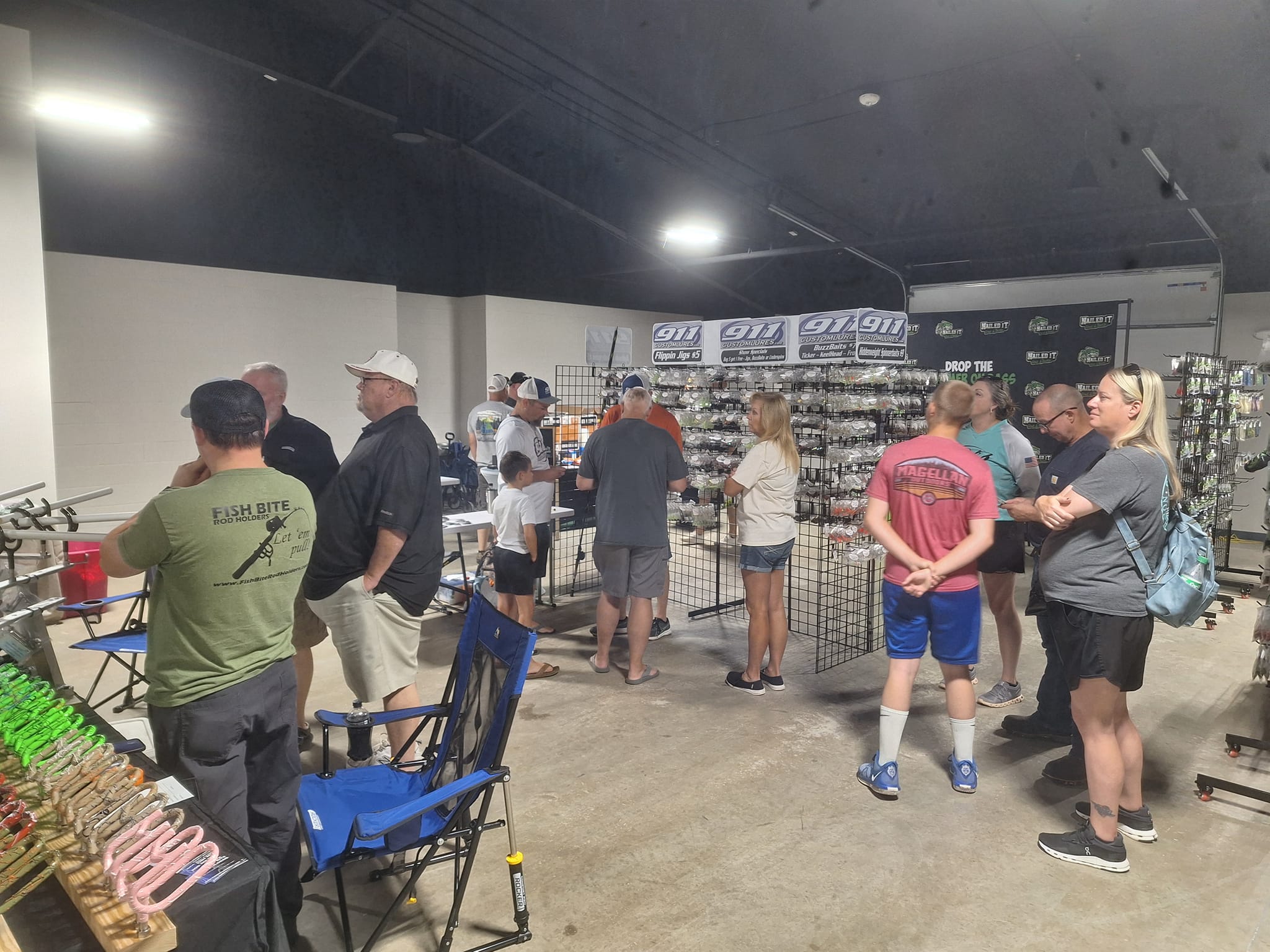DG MARTIN COLUMN: Myrick Howard to the rescue
Published 3:57 pm Tuesday, November 7, 2023
|
Getting your Trinity Audio player ready...
|
He is a hero to thousands of North Carolinians who live near precious old buildings that, but for Myrick Howard, would have been destroyed.

D.G. Martin
Because of Howard’s work, scores of old school buildings, historic homes, commercial buildings, and other treasures — a total of almost 900 — have been restored and remain a part of North Carolina’s landscape.
Howard’s work and the endeavors of those he inspired or directed are making North Carolina’s visual building landscape a collection of treasures that will be enjoyed by North Carolinians for years to come.
Trending
Who is Myrick Howard and exactly what has he done to preserve so many important buildings? Howard recently retired as president of Preservation North Carolina, an organization he served for 45 years.
He responds to these questions and outlines the key ingredients of a successful historic preservation program in “Buying Time for Heritage: How to Save an Endangered Historic Property” revised and expanded edition, published by UNC Press and released on Oct. 3.
Early in the book Howard explains why preservation of certain old buildings is so important. “If you save a historic resource, its stories can be recounted, illustrated and experienced. The cultural and economic benefits of preservation can be enjoyed.
“But if the resource is destroyed, its place in history will eventually be lost. Its value as a trigger for economic development and community revitalization will have been squandered. Where historic buildings survive, so does a community’s sense of history and identity. One might even say that these buildings are the heart and soul of a community.”
To explain why old buildings need the attention of preservationists, Howard makes an analogy to the variety of pups at an animal shelter.
He writes, “We often refer to Preservation North Carolina as an animal shelter for endangered buildings and sites. We are working to find good new owners for historic places that need love and attention.
Trending
“Shelter dogs are sweet animals, worthy of love and affection. They may need a bath or groom grooming, and they may need their shots. In some cases, they also need serious medical attention. What these dogs have in common with endangered properties is as an owner who can’t or won’t take care of them it’s not the dogs’ fault, or the building’s fault.”
But Howard concedes that not all pups or all old buildings can be saved and that “recognizing a lost cause and walking away is sometimes the right decision. Overinvesting in property that is truly ‘too far gone’ without having an explicit strategy for subsidizing its preservation can be deadly for an organization.”
Howard believes that hard work and experience in real estate is more important than money in developing and implementing a successful preservation project.
“Throughout my career, I have found property expertise to be more important than readily available capital in working to save endangered properties. Working with endangered properties is a program, not a bank account.”
He emphasizes other benefits that come from having real estate expertise and having a reputation for getting things done. He emphasizes that active work in the business of real estate gives an historic preservation organization credibility in the community, it gives its experience and authority, and it strengthens the network of practitioners in historic preservation.
By seeking assistance in the real estate business, “the preservation organization develops relationships with contractors, lenders, architects, lawyers, craftspeople, and investors who can be of enormous help in future projects.”
The best feature of the book might be Howard’s detailed descriptions of the complicated and difficult processes that led to successful preservation projects, for instance, the saving of Rosedale in Charlotte, a historic house near U.S. 29, Howard says that “if it had gone on the conventional real estate market without limitations, it would almost certainly have been relocated or destroyed.”
The story of its saving is just one of many preservation stories that make up this fine book.
Finally, this colorful book is worth its price just for the many beautiful photos of buildings that Preservation North Carolina helped saved.
D.G. Martin, a retired lawyer, served as UNC-System’s vice president for public affairs and hosted PBS-NC’s “North Carolina Bookwatch.”






